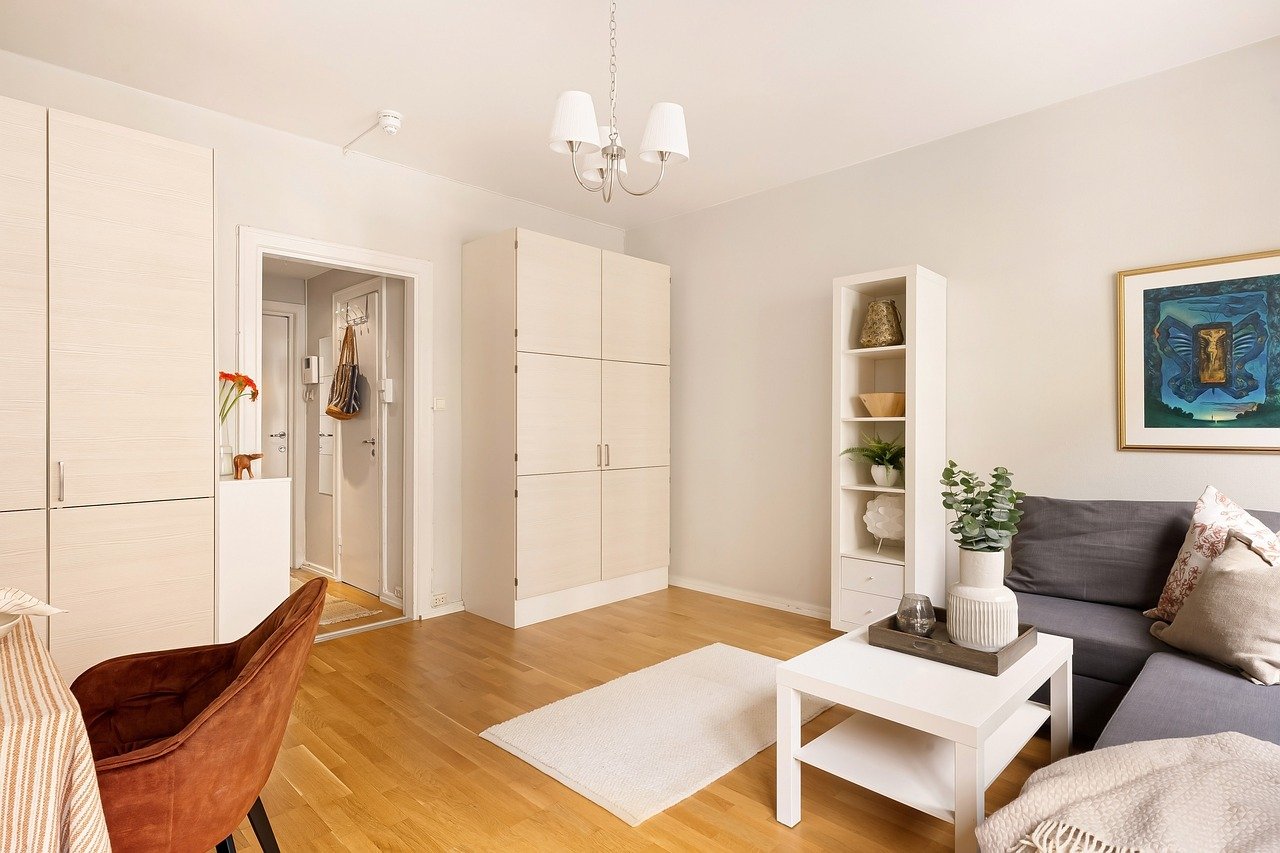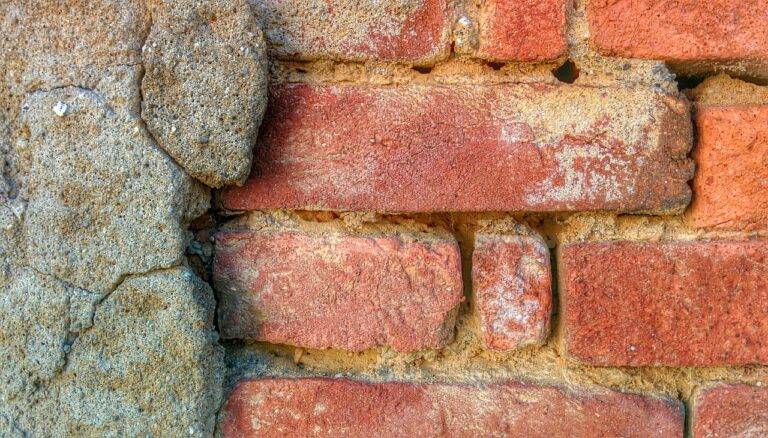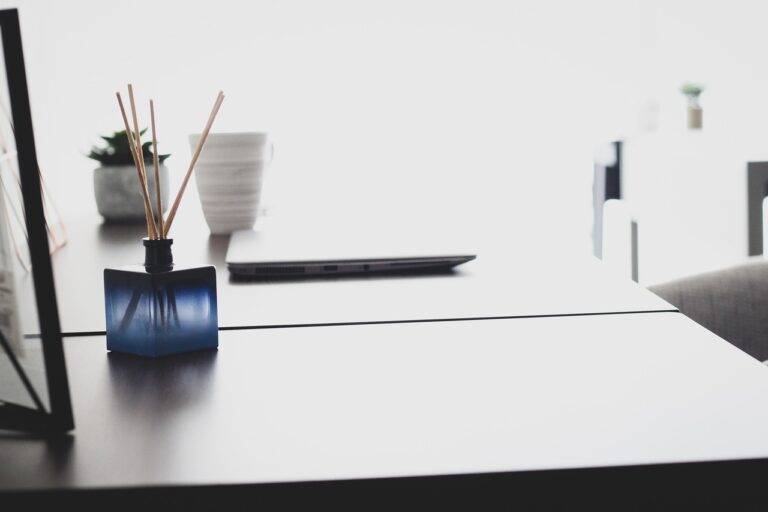Creating a Sustainable Home Studio
Creating a sustainable home studio not only benefits the environment but also improves the overall well-being of the individuals working in that space. By using eco-friendly materials and energy-efficient appliances, you can reduce your carbon footprint and contribute to a healthier planet. Additionally, sustainable practices can lead to long-term cost savings by lowering utility bills and reducing the need for frequent replacements of equipment.
A sustainable home studio can also enhance creativity and productivity. Natural light, indoor plants, and non-toxic materials can create a more inspiring and healthy workspace. Being surrounded by elements that promote sustainability can help artists and creators feel more connected to their work and foster a sense of purpose in their creative endeavors.
Choosing Eco-Friendly Materials for Your Home Studio
When setting up your home studio, opting for eco-friendly materials can make a significant difference not only in reducing your carbon footprint but also in creating a healthier working environment. Look for sustainably sourced woods like bamboo or reclaimed wood for furniture and flooring. These materials are not only durable but also environmentally friendly choices that can enhance the aesthetic appeal of your studio.
Consider using low-VOC paints and finishes for your walls and furniture to minimize harmful emissions. Additionally, choosing insulation made from recycled materials or natural fibers can help regulate temperature and improve energy efficiency in your studio. When selecting lighting fixtures, opt for energy-efficient LED bulbs to reduce electricity consumption and lower your energy bills over time.
What are the benefits of choosing eco-friendly materials for my home studio?
Choosing eco-friendly materials for your home studio can help reduce your carbon footprint, improve indoor air quality, and support sustainable practices in the environment.
How can I identify eco-friendly materials for my home studio?
Look for materials that are made from renewable resources, are recyclable or biodegradable, have low VOC emissions, and are certified by reputable eco-labels.
Are eco-friendly materials more expensive than traditional materials?
While some eco-friendly materials may have a higher upfront cost, they can often save you money in the long run through energy efficiency, durability, and reduced maintenance expenses.
Will using eco-friendly materials affect the aesthetics of my home studio?
Not necessarily. There are a wide variety of eco-friendly materials available in different styles, colors, and textures to suit your design preferences.
How can I dispose of eco-friendly materials properly at the end of their life cycle?
Many eco-friendly materials can be recycled or composted, reducing landfill waste and supporting a circular economy. Check with local recycling facilities for proper disposal options.





